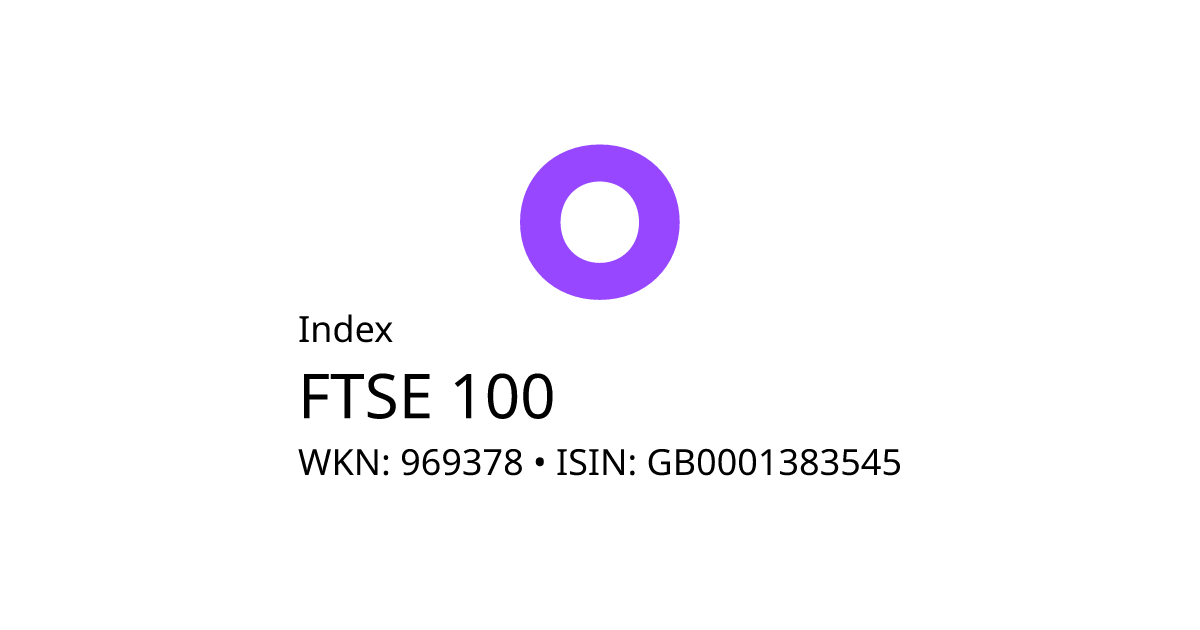
Introduction
The FTSE 100 index, often referred to as the ‘Footsie’, is a crucial indicator of the performance of the UK stock market. Comprising the 100 largest companies listed on the London Stock Exchange, it plays a significant role in the financial landscape, reflecting investor sentiment and economic health. As of late 2023, the FTSE 100 is of even greater importance given the volatile economic environment influenced by inflation, geopolitical tensions, and post-pandemic recovery.
Recent Performance
As of October 2023, the FTSE 100 has shown resilience, fluctuating around the 7,500-point mark. Recent reports indicate that the index has recovered from significant downturns experienced earlier this year, bolstered by strong performances in sectors such as energy, financials, and consumer goods. Major companies like Unilever, BP, and HSBC have significantly contributed to this rebound, demonstrating robust earnings that have exceeded analysts’ expectations.
However, the market remains sensitive to external factors. Analysts point out that interest rate hikes by the Bank of England, aimed at curbing inflation, could pose risks to future growth. Furthermore, ongoing geopolitical tensions, particularly related to Europe, and supply chain issues still loom over market stability.
Sector Contributions and Economic Impact
The energy sector has been a key driver of the FTSE 100’s performance. With rising oil and gas prices following global supply disruptions, companies like BP and Shell have announced increased dividends, attracting investor interest. Moreover, with a shift towards sustainability, renewable energy firms are also gaining traction within the index, indicating a potential shift in investment strategies.
Financial services, particularly banks and insurance companies, have also buoyed the FTSE as they adapt to higher interest rates, improving their lending margins. This trend has been beneficial for confidence in the overall British economy, which continues to recover at varying paces across sectors.
Conclusion
Looking ahead, the FTSE 100 is likely to remain a focal point for investors as they gauge the health of the UK economy amidst fluctuating global conditions. Continual monitoring of interest rate policies and geopolitical developments will be essential for predicting the index’s trajectory. While the present shows a stable picture for the FTSE, uncertainties could reshape investor landscape, making it vital for stakeholders to stay informed about changes that could impact future performance. Ultimately, the FTSE 100 remains a barometer for the wider economic environment, and its ongoing evolution will be closely watched by analysts and investors alike.
You may also like

The Impact of RB on Modern Banking

Understanding Loans: Impact and Importance in Today’s Economy
